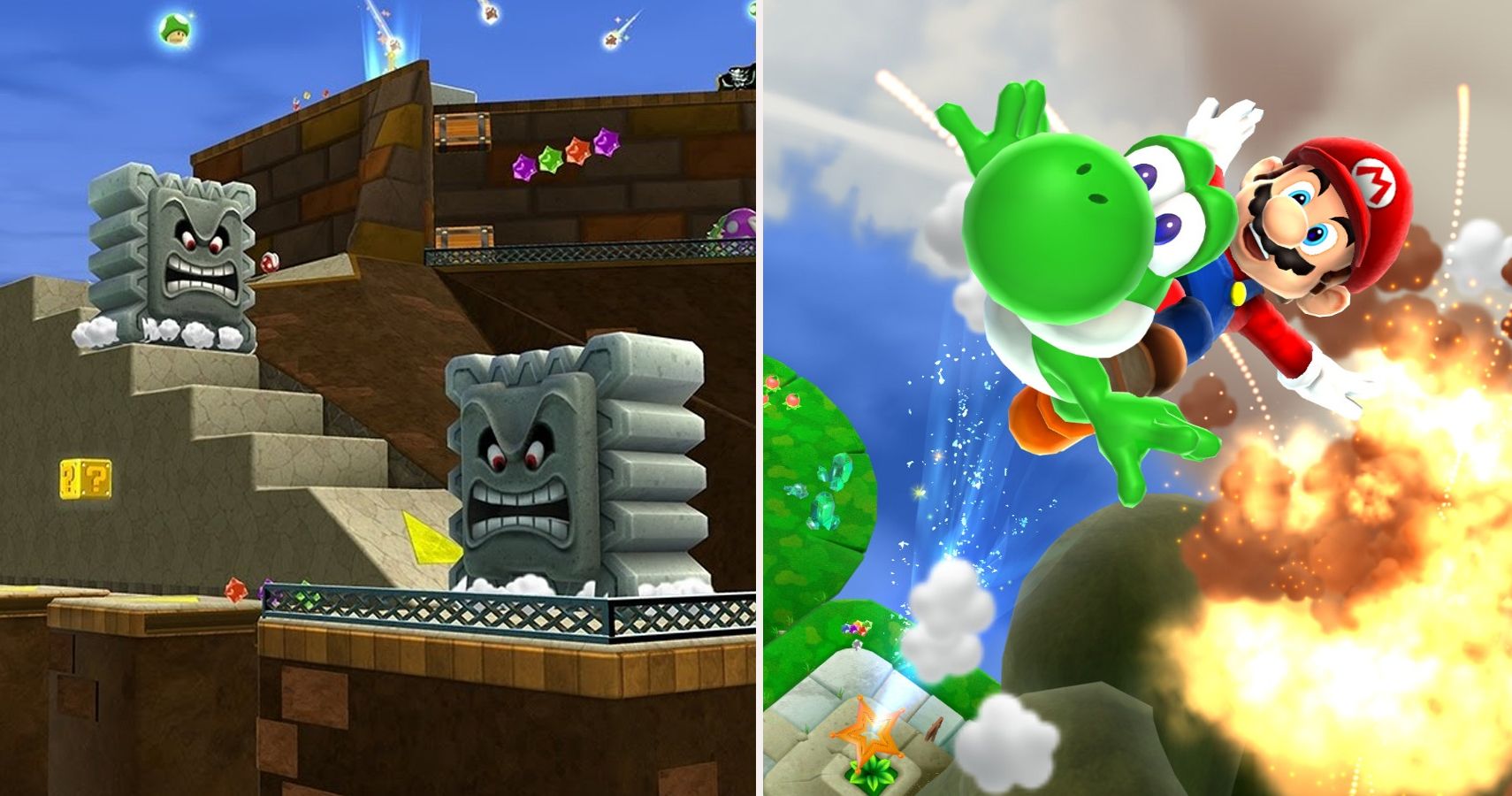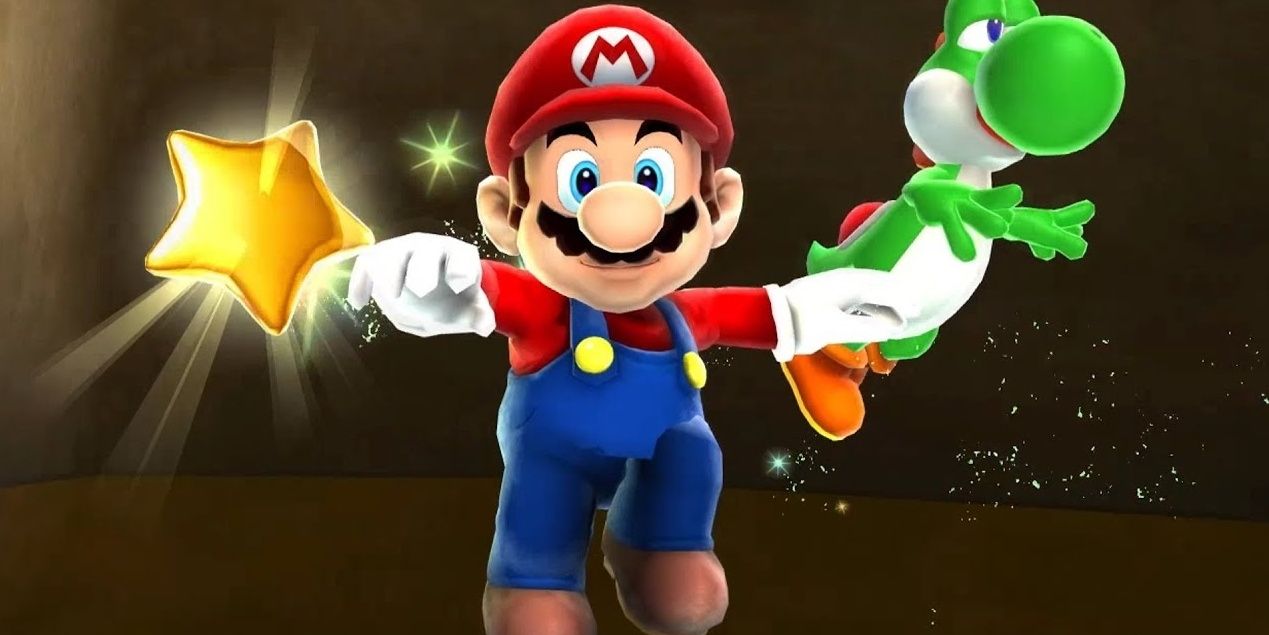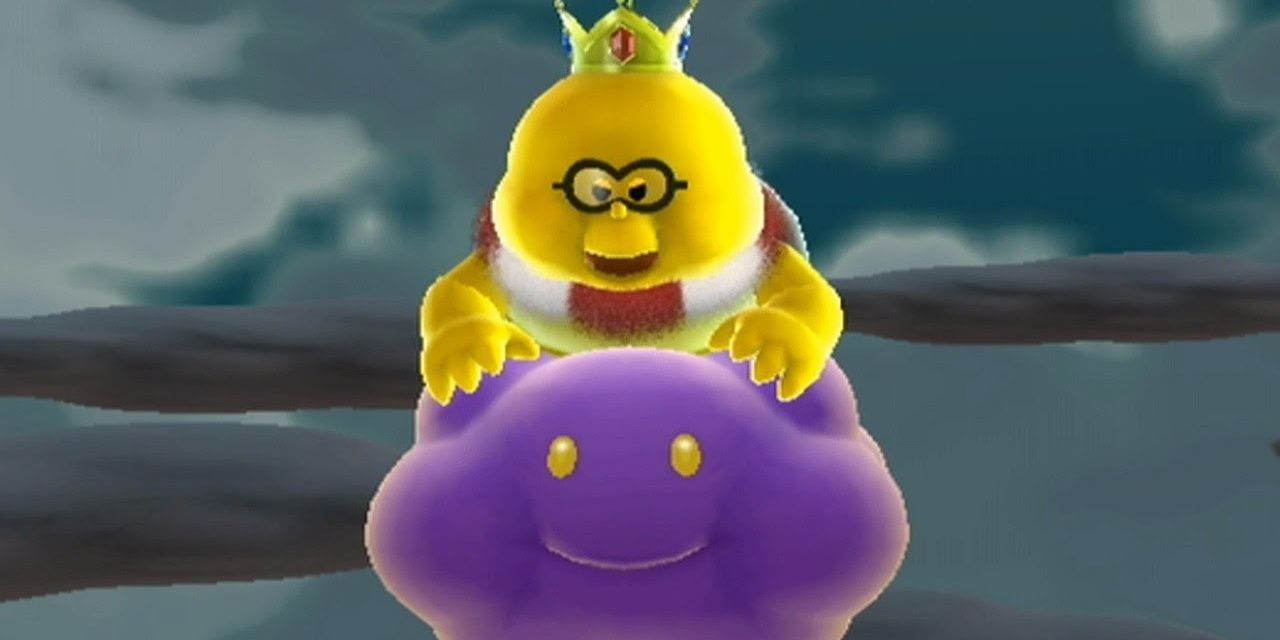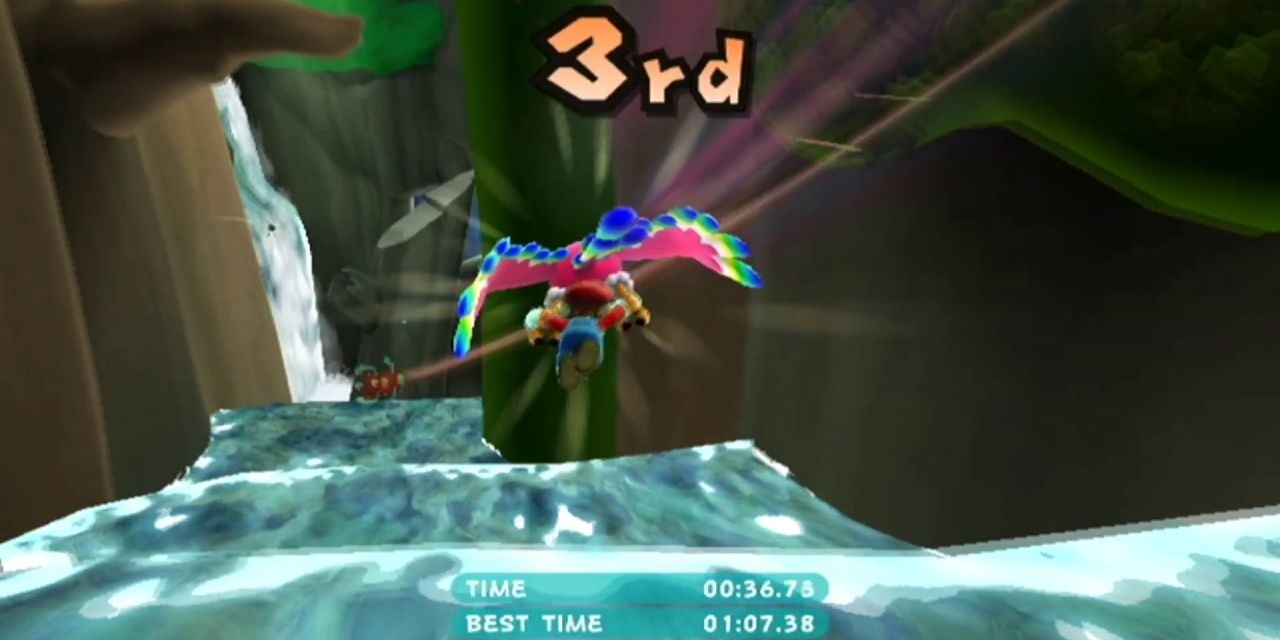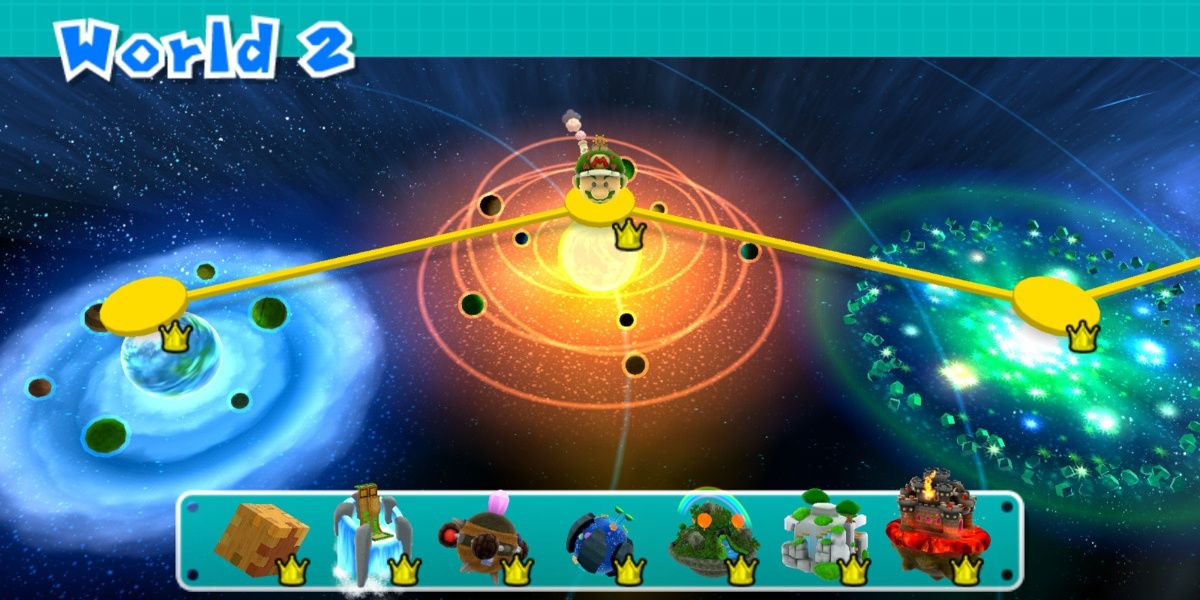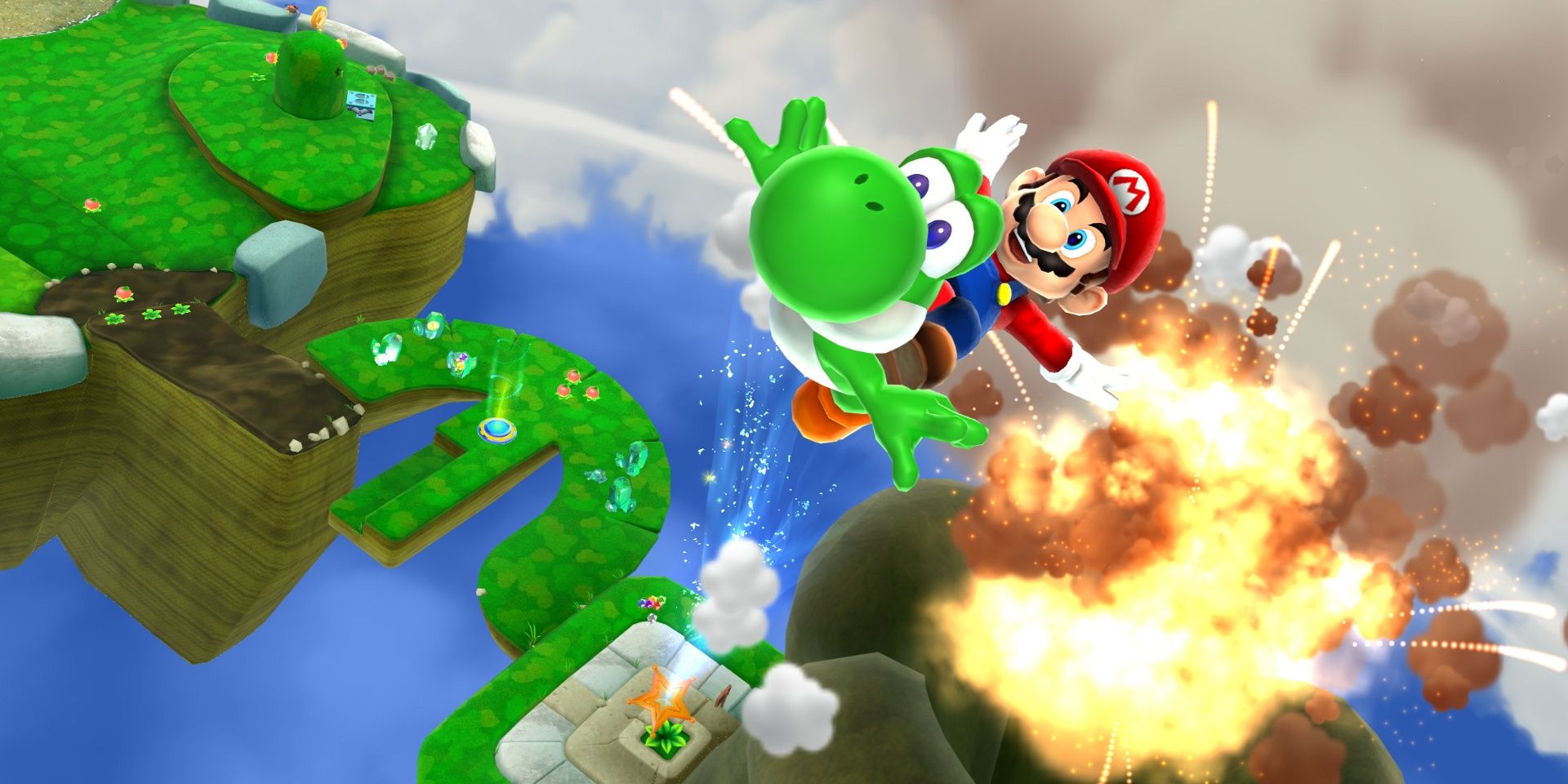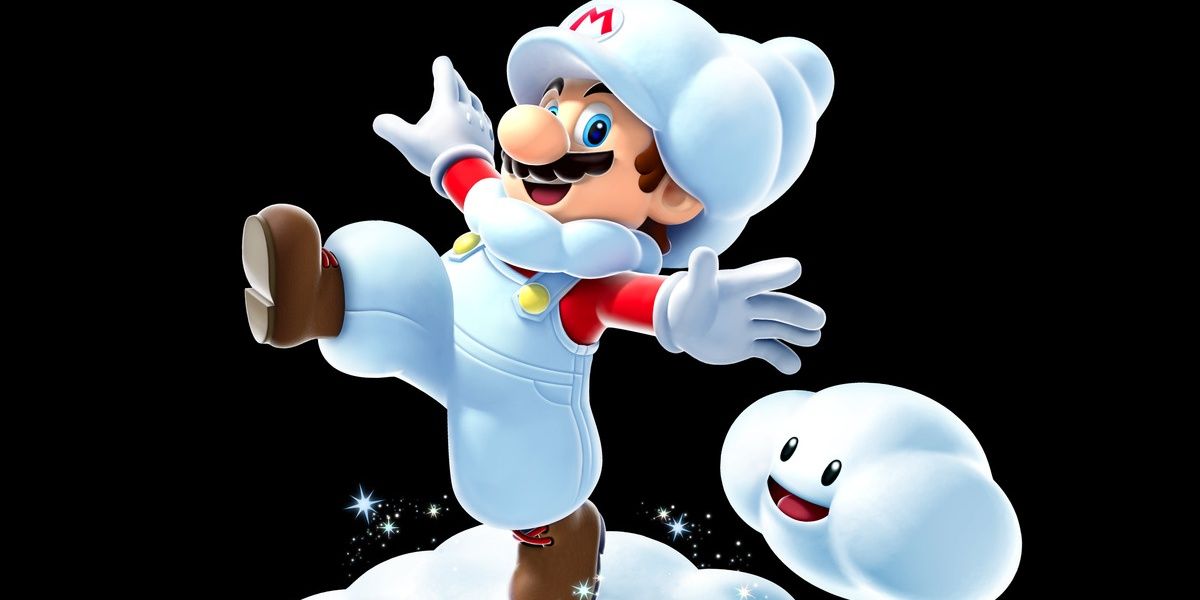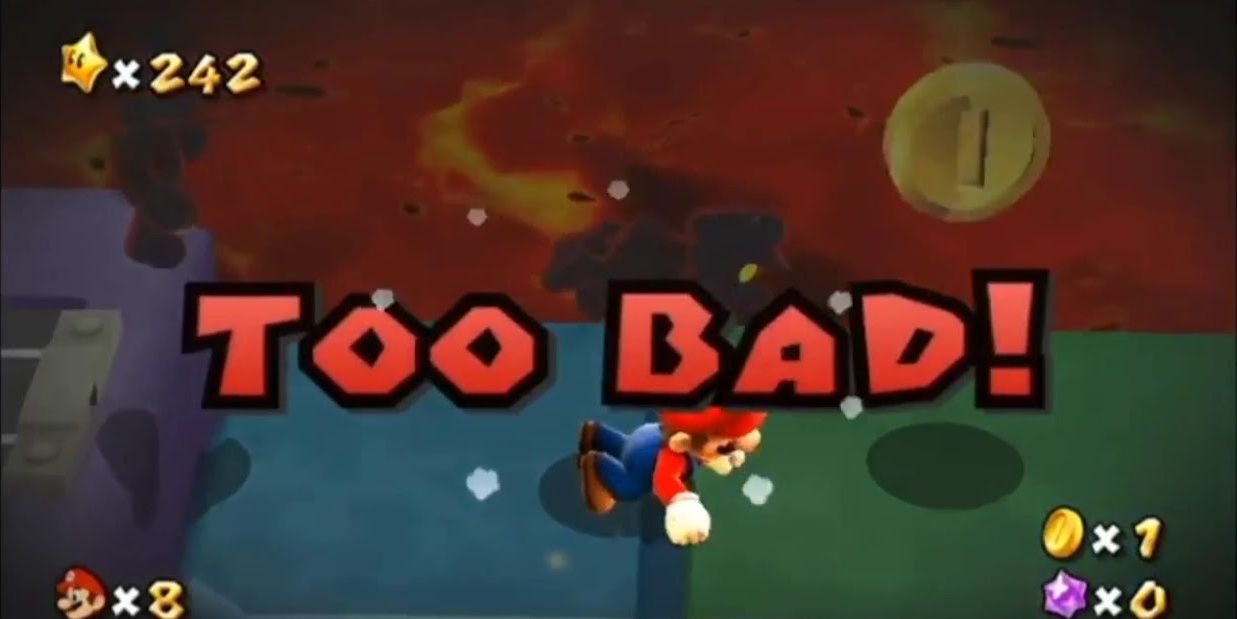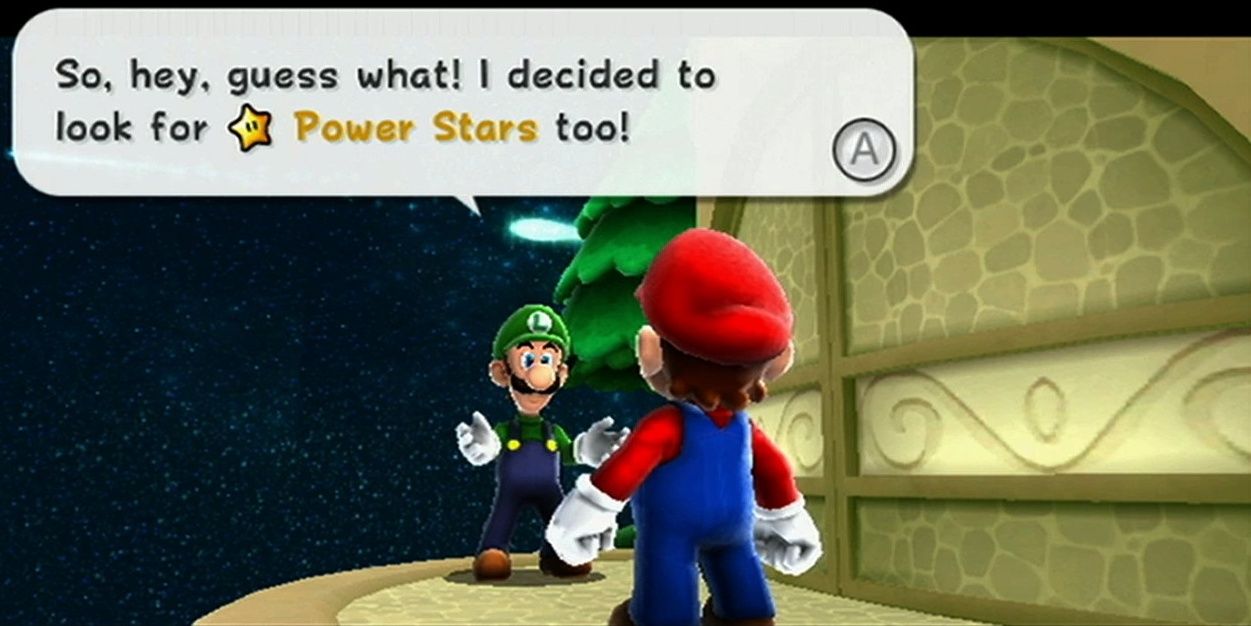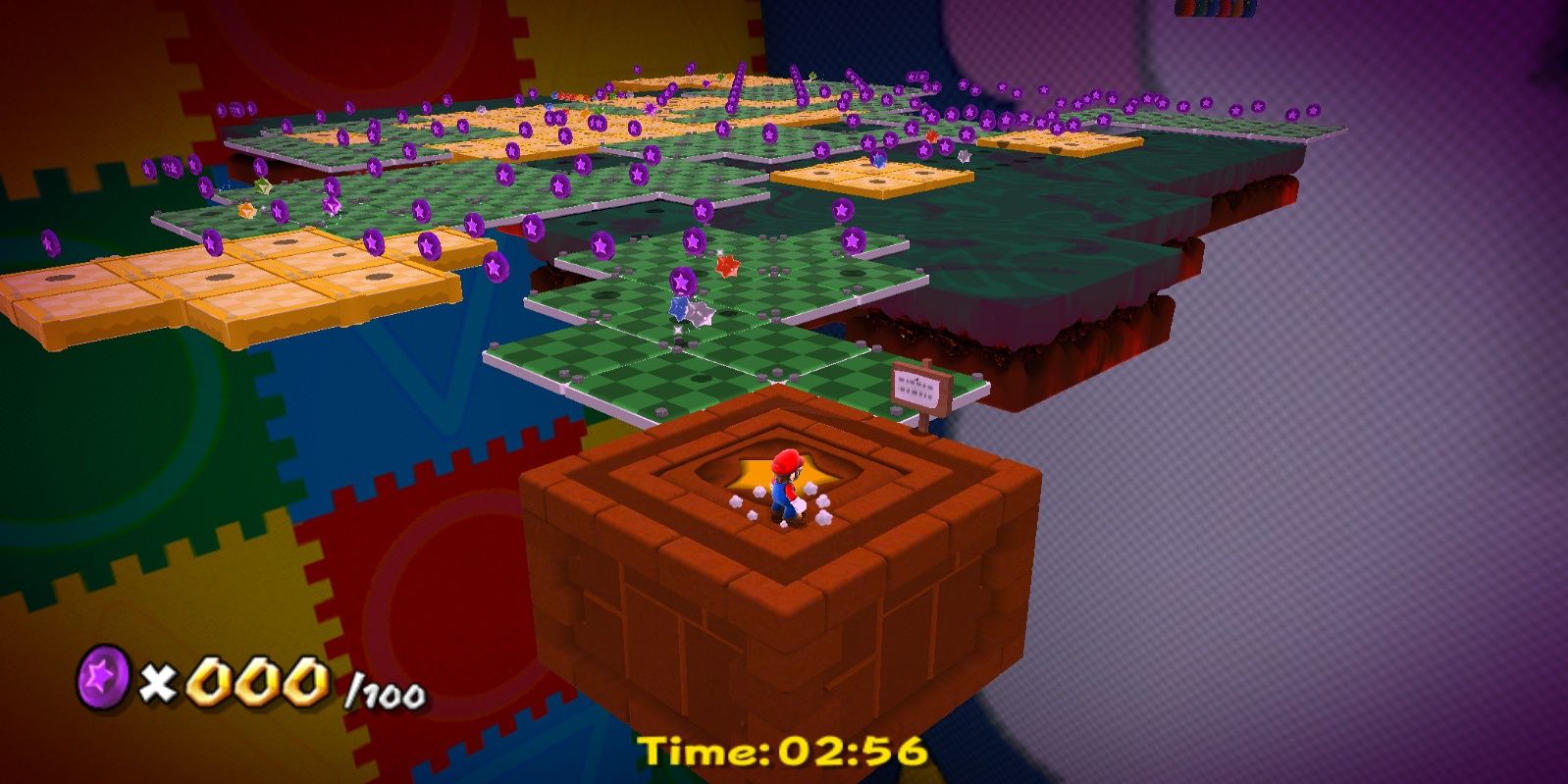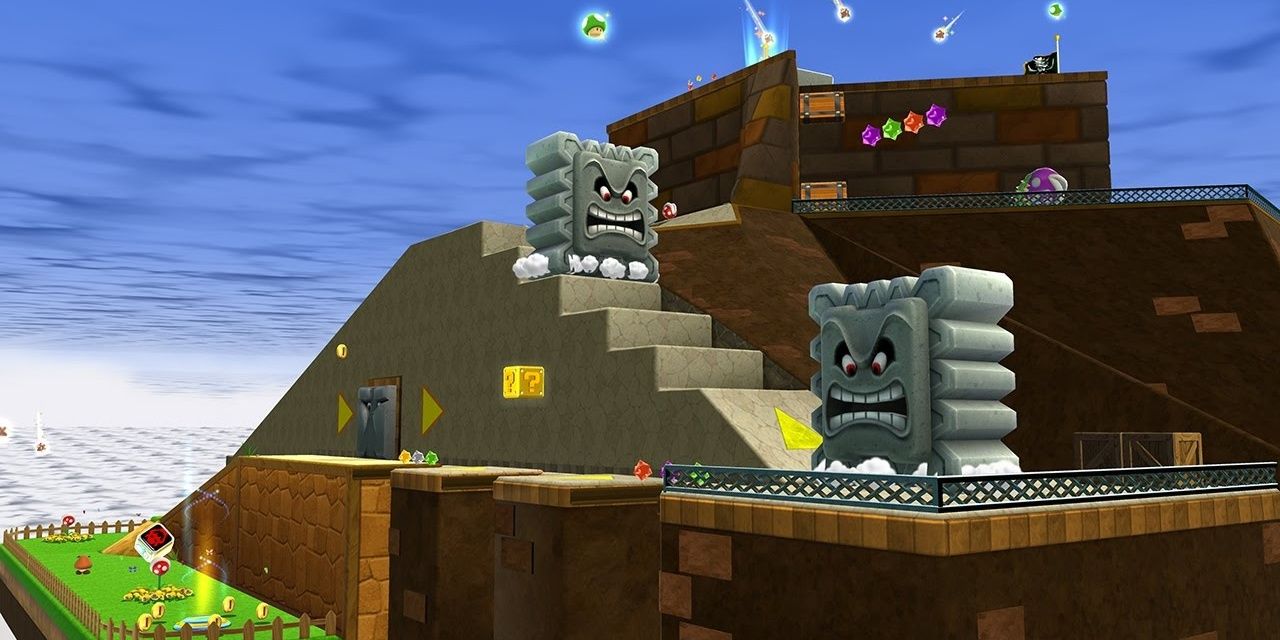The Wii's Super Mario Galaxy 2 was an underrated game at the time it came out. Many enjoyed the first installment better than the second, and it was for a good reason they did. Super Mario Galaxy was the first of its kind, coming out in 2007 for the Nintendo Wii. It introduced a new level for Mario when it brought him into space, having him save Peach from Bowser by collecting Stars.
Super Mario Galaxy 2, however, was an under-the-radar sequel to the original game, coming out in 2010. It was well-received by many, but others claimed that the first was better for its more focused sense of direction, lack of tedious back-tracking and nostalgic feel. While these are valid criticisms of the game, Super Mario Galaxy 2 had many aspects of it that were better than the 2007 title.
10 More Stars
While the first Super Mario Galaxy had 120 stars, similar to Super Mario Sunshine or Super Mario 64, Super Mario Galaxy has 241 stars. This is solely because of the change with Green Stars. Instead of having a Green Star area that could be accessed by collecting three Green Stars in various worlds that would lead you to an area with harder tasks, netting you three more stars, Super Mario Galaxy 2 added two to three Green Stars to each level, adding another 120 stars to the game. With them being hidden all over the levels once explored, it adds more time to the gameplay.
9 More Bosses
The bosses in Super Mario Galaxy 2 mimic the original a bit, comparing Dino Piranha to Baby Piranha. But with more galaxies to explore, other bosses make their debut too, giving love to Lakitus with the Giga Lakitu in Yoshi Star Galaxy, or Rollodillo in Boulder Bowl Galaxy.
They even added Boss Blitz Galaxy, which brought back boss fights from the original Super Mario Galaxy. The boss fights in this game were not only more dynamic, but they seemed to have more impact with flashier ways of dealing damage, as well as Mario using more mechanics instead of just his spin attack.
8 More Unique Galaxies
From running on ships to dashing on islands, Super Mario Galaxy 2 replaces some of the original’s level design for new things. For example, surfing has been replaced with bird flying, while others have Mario racing against the clock to defeat enemies to earn points to beat a monkey rival. Galaxies could have paths flip on or off dependent on Mario’s spinning, or to a rhythmic beat that played in the music. The original game pushed uniqueness to a new level with its creativity, but the second added onto it without taking any of the original sparks away.
7 Longer Game
Super Mario Galaxy was not in any means a fast game. With the way levels were designed and how you needed to go to each dome to reach a particular level, most runs, minus the completion run, go from nine to 12 hours at least.
However, with the new hub where exploring the domes has been removed, you’d think Super Mario Galaxy 2 would be shorter. Well, aside from the increased number of stars to collect, the levels themselves are a lot longer and filled with a lot of puzzles or fights. The average time to beat Super Mario Galaxy 2 hovers in the 13-15 hour range, much longer than its predecessor.
6 Yoshi!
Who doesn’t love Yoshi? Mario’s lovable dinosaur partner makes his debut in Super Mario Galaxy 2 after you save him from being trapped in an egg by Kamek on Yoshi Star Galaxy. With him, Mario gains new abilities to help him get around. Yoshi can eat enemies, spit out shells, or use his tongue as a grappling hook, guiding Mario up near Flower Grapples that Yoshi can latch onto. This game also introduces 3 new power-ups for Yoshi himself. They are the Bulb Berry, which helps him light his path and reveal hidden ones, the Blimp Fruit, which turns Yoshi into an inflated balloon to help Mario reach higher places, and the Dash Pepper, turning Yoshi red and allowing him to move at supersonic speeds.
5 More Power-ups
When playing Super Mario Galaxy 2, some power-ups from the original game have been removed, such as the Ice Flower and the Red Star, one of Mario’s best transformations, even though it was underutilized in the first game. However, the new additions of power-ups make up for that. The Cloud Flower was used plenty in this game, allowing him to spawn clouds to ride on with his Spin ability.
It was even used to fight Bowser Jr. in one of his last fights. Another is the Rock Mushroom, making Mario turn into a rock when he spins, allowing him to roll into enemies and bash objects. The last is the Spin Drill, allowing Mario to tunnel underground to attack enemies from below, or proceed into underground territories.
4 Harder Difficulty
Super Mario Galaxy was difficult at times, especially with the Green Star Galaxies. However, the main game wasn’t too bad for casuals or newcomers to the series. Super Mario Galaxy 2 adds difficulty in the platforming and bird riding sections. When riding the bird, if you hit a wall or gate too hard, it is instant death. Hit it softly, and you just take a point of damage. After you beat the game, Mario gets an additional world to travel to, World S, containing some of the hardest galaxies in the game, along with Green Stars to collect after beating Bowser again with 120 Stars collected. The hardest mission in the game is located at the end of World S, which is a daredevil run of Grandmaster Galaxy, putting Mario’s platforming and power-up use to the test.
3 Luigi's Role
Luigi in Super Mario Galaxy would help Mario collect stars at times, finding himself trapped in mansions, domes that Mario needed to break, or on top of a roof. Luigi was a star-collector for his brother until he beat the final level, allowing you to play as Luigi while you collect the remaining Stars.
That is still true in the second iteration, except that in certain levels, instead of Luigi just being there to hand Mario a Star and pose with him, he is playable at certain levels before defeating Bowser. He will appear at the beginning, asking if he can help Mario out. If you accept, you get to play as Luigi for the entire level, taking advantage of his increased jump height, but reduced control.
2 Coins Have Meaning
Coins in Super Mario Galaxy were pointless for the most part. You could collect them for fun, or to eventually get a 1-UP, but they held no purpose aside from that. In Super Mario Galaxy 2, however, coins were given the significance they deserve. Hungry Lumas appear that will feed on coins rather than Star Bits, allowing secret Stars to be found if given enough of the golden currency. If you are in need of extra lives, coins can be used in a lower part of Starship Mario to roll dice and collect more 1-Ups. This game revitalized coins back up to be just as important as the tasty Star Bits the Lumas love so much.
1 Throwback Galaxy
If there was any way to pay homage to previous Mario titles, there is no better way than Throwback Galaxy. This galaxy mimics the same level design as Whomp Fortress from Super Mario 64. Even the music is revitalized, and enemy placement, especially with Piranha Plants are the exact same as in the N64 title. The fight with the Whomp King plays out the same way with Mario needing to Ground-Pound his back, but the environment around him is darker and cloudy as he has to travel to the underside of the galaxy to fight him. It is a respectful testament to one of the games that influenced the creation of the Mario Galaxy series in general.

